As promised, my fourth video in My Game Cab series For those of you who has an home arcade cabinet, this video offers a way to add a Yoke to control arcade games Like Star Wars, Empire Strikes Back, Out Run, Pole Position and many other classic arcade games from the 80’s.
The 4-20 MA Current Loop
The I/O capabilities built into most microcontrollers make it easy to measure the analog world. Say you want to build a data logger for temperature. All you need to do is get some kind of sensor that has a linear voltage output that represents the temperature range you need to monitor — zero to five volts representing 0° to 100°C, perhaps. Hook the sensor up to and analog input, whip up a little code, and you’re done. Easy stuff.
Now put a twist on it: you need to mount the sensor far from the microcontroller. The longer your wires, the bigger the voltage drop will be, until eventually your five-volt swing representing a 100° range is more like a one-volt swing. Plus your long sensor leads will act like a nice antenna to pick up all kinds of noise that’ll make digging a usable voltage signal off the line all the harder.
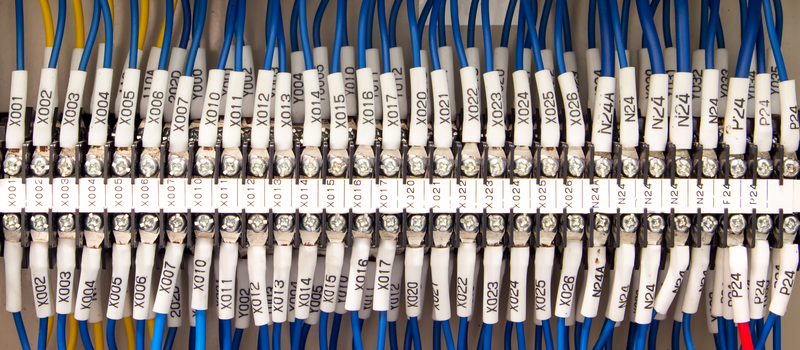
Building a new NES in 2021: Introducing the NESessity DIY NES board!
We received another NES with extensive motherboard damage. To save it, we built an all new DIY version of the NES motherboard – the NESessity! On this Fix it Friday we will walk you through another option for building an (almost) new NES in 2021!
Arduino simulator version for the table in augmented reality
Arduino simulator version for the table in augmented reality
3D Printed Joystick Using Spherical Flexure Joint
One of the many advancements brought about by 3D printing is the rapid development of compliant mechanisms and flexure joints. One such example is [jicerr]’s joystick, which uses a pair of spherical flexure joints recently developed by researchers from Delft University of Technology in the Netherlands, See the videos after the break.
Both flexure joint designs make use of tetrahedron-shaped elements, allowing an object to pivot around a fixed point in space like a ball-and-socket joint. One of the joints, named Tetra 2, is perfect for printing on a standard FDM printer, and the 3D files were uploaded to Thingiverse by [Jelle_Rommers], one of the researchers. [jicerr] took the design and created a base to mount an HMC5883 3-axis magnetometer a short distance from the focal point, which senses the rotation of a small magnet at the focal point. An Arduino takes the output from the magnetometer, does the necessary calculation, and interfaces to a PC as a joystick. Demonstrates this by using it to rotate and pan the design in Solidworks. One thing to keep in mind with this design is that it needs a fixed base to prevent it from moving around. It should also be possible to integrate the design directly into the housing of a controller.
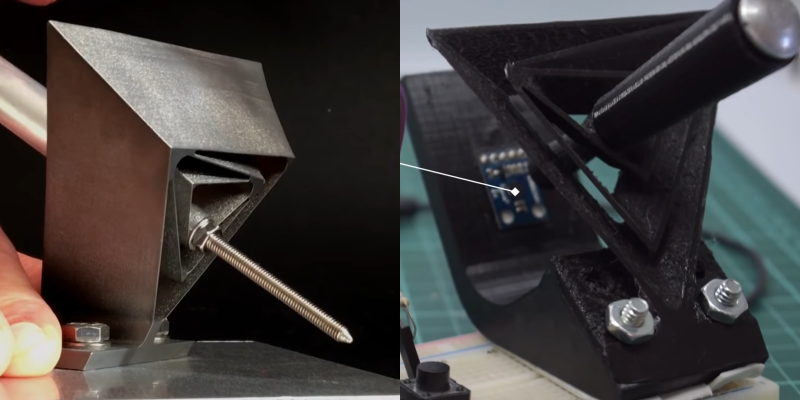
Make an Arduino Soccer game
Hi Creators, Here I will show How to make Arduino soccer game which is one of best arduino projects 2020 you can make and have lots of fun with this interactive project with your family and friends.
How Arduino Soccer game Works?
- This soccer game requires two players and here only penalty part is possible to play i’e penalty soccer game in short
- One player controls the ball thrown towards Goalkeeper Player two controls Goalkeeper movements
- When the ball is thrown towards goalkeeper, other player has to avoid ball inside post my moving the keeper in left and right directions
This project is made using from almost recycle materials for frame parts, we can call it as our own mini football ground. which is portable, So at first we will gather all the materials need to make this project
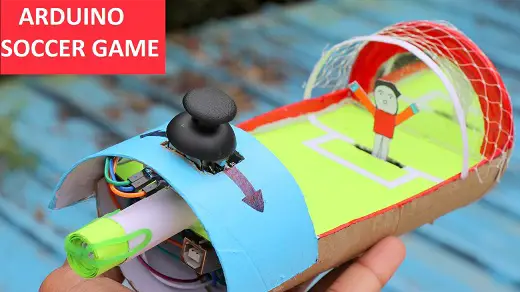
Using Artnet DMX and the ESP32 to Drive Pixels
I like to make things glow probably far more than a colorblind person should, and I’ve been looking for new and interesting ways to control the output of different lighting applications without having to hard-code in different color sequences. I’d like to be able to have some sort of complex visual, and then have that be able to play on the lights without having to think about which LED needs to be which color in a display.

NeoPill is the NeoPixel Emulator You’ve Always Wanted.
NeoPixels and other addressable LED strings are a technology that have made vibrant, glowing LED projects accessible to all. Of course, it’s nice to be able to simulate your new glowy project in software before you actually set up your LED strings in practice. [Randy Elwin]’s NeoPill simulator can help with that!
The NeoPill consists of an STM32F103 development board, into which one simply hooks up a NeoPixel data line. The microcontroller then decodes the data using a combination of its onboard timers and SPI hardware. This data is then passed to a PC over the onboard USB serial connection, where it’s decoded by a custom Python app. The app takes the data and displays the pixels on screen, so you can verify they operate as expected before you hook up a single real LED.
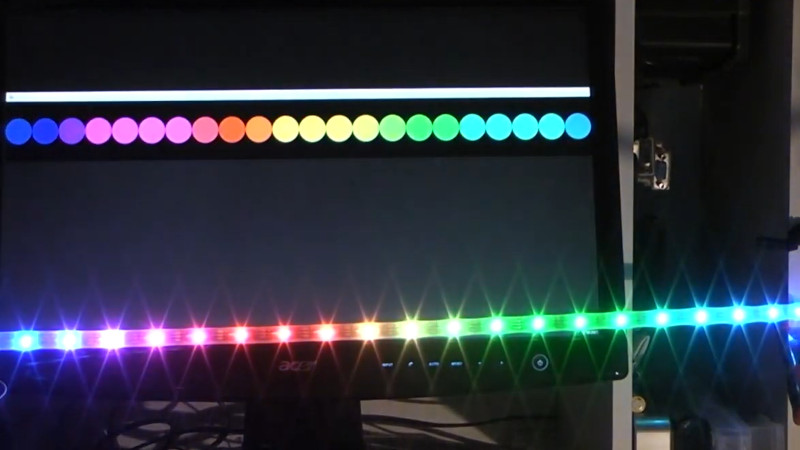
Researchers Develop Foldable Haptic Actuator for Mixed Reality Applications
Touch&Fold is worn on a user’s fingernail and renders touch in MR without preventing them from also touching real objects.
Researchers from the University of Chicago have developed a foldable haptic feedback device that allows users to touch objects in mixed reality environments, then gets folded back onto the user’s nail when touching objects in the real world. Known as Touch&Fold, the end-effector also features a linear resonant actuator that lets the unit touch virtual objects and their textures. Sure, many haptic devices on the market enable users to interact with objects in the virtual world, such as controllers and gloves, but none provides the ability to interact with objects in both worlds and “feel” them at the same time.
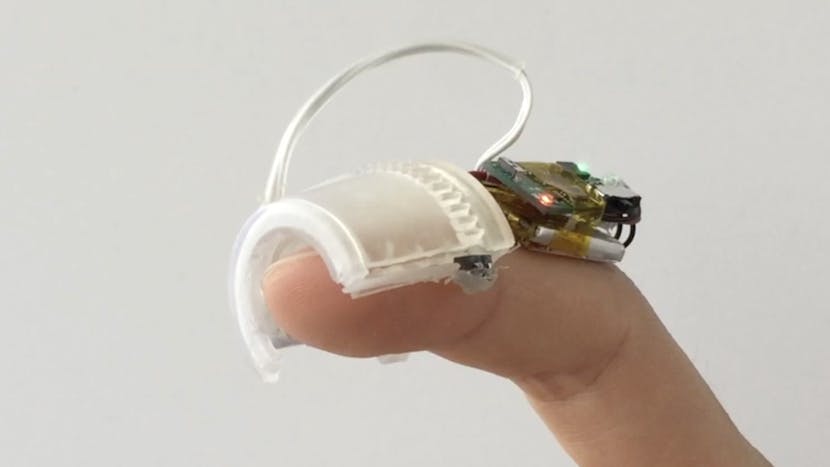
Media Tower with a hidden Projector and Sound Bar
Making a Media Tower with Pop up Projector and Sound Bar.
